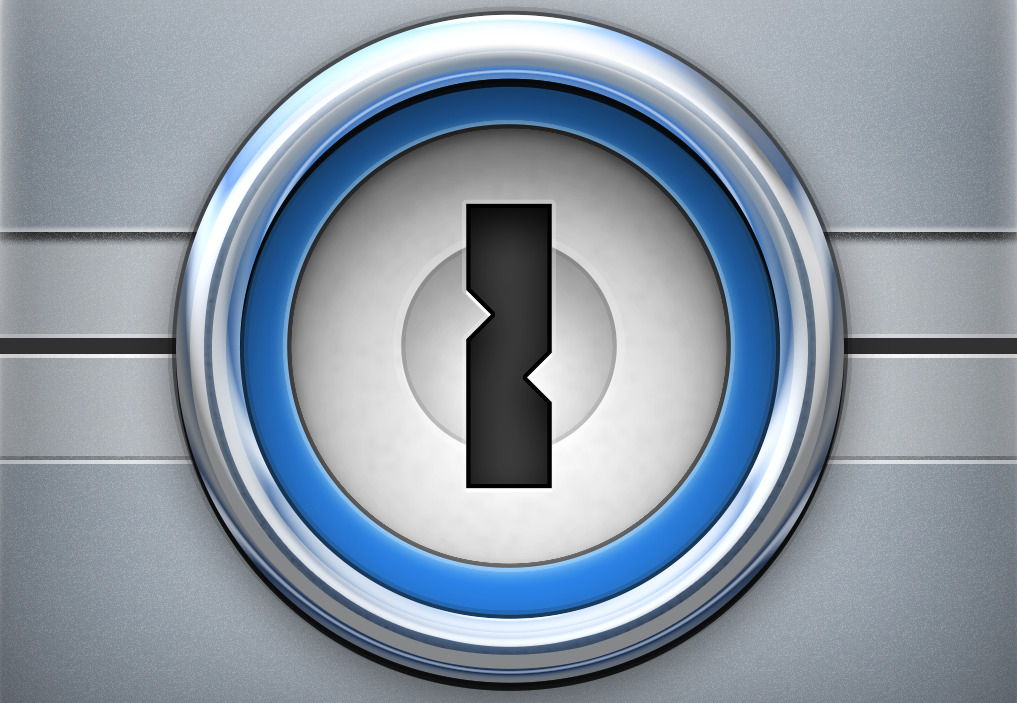Follow These 5 Steps To Keep Yourself Safe From Hackers
No matter how secure you think your devices are, someone could access your data if they put their mind to it. It's just the reality of the Information Age, but you should still do everything in your power to make yourself less of a target for hackers.
DON'T MISS: 20 paid iPhone and iPad apps on sale for free right now
In an extensive piece for The Wall Street Journal this week, Geoffrey A. Fowler laid out a five-step checklist that shouldn't take more than an hour to complete, and might be the difference between having your data stolen or not.
Here are just a few of the most important steps you should take:
First, update everything. Start with the operating system, even if you've set your Mac or PC to install OS updates automatically. It never hurts to check. If you have an iPhone, you can make sure you're up to date in Settings > General > Software Updates. Android users should look for Settings > System Updates. And unless you have a great reason for it, make sure that your apps are being updated automatically on your smartphone as well.
The next step might be the most important: fix your passwords. The average person uses the same few passwords (if not just one password) for nearly every account they own. Download a password manager (I use 1Password), generate a complex password that won't be cracked in seconds and apply it to your Google, Facebook or Twitter account. Rinse and repeat.
It's also a good idea to turn on two-factor authentication, which requires you to supply additional information when you login. It can be a bit of a hassle, but it's far better than the alternative of having to reclaim a stolen account.
Finally, you can be doing a lot more to keep your Internet browsing private and secure by fixing a few things on your browser. Every so often, clear your browsing data and all of the saved passwords. If the option in your browser's Settings menu isn't thorough enough, try CCleaner.
You can also activate Do Not Track, install an extension like Ghostery and, of course, disable Adobe Flash once and for all.
Follow all of these steps and read Fowler's full piece at WSJ, and you'll be well on your way to leading a safer, more secure life.
